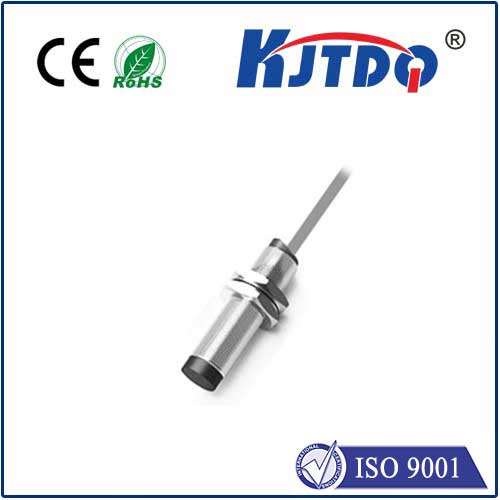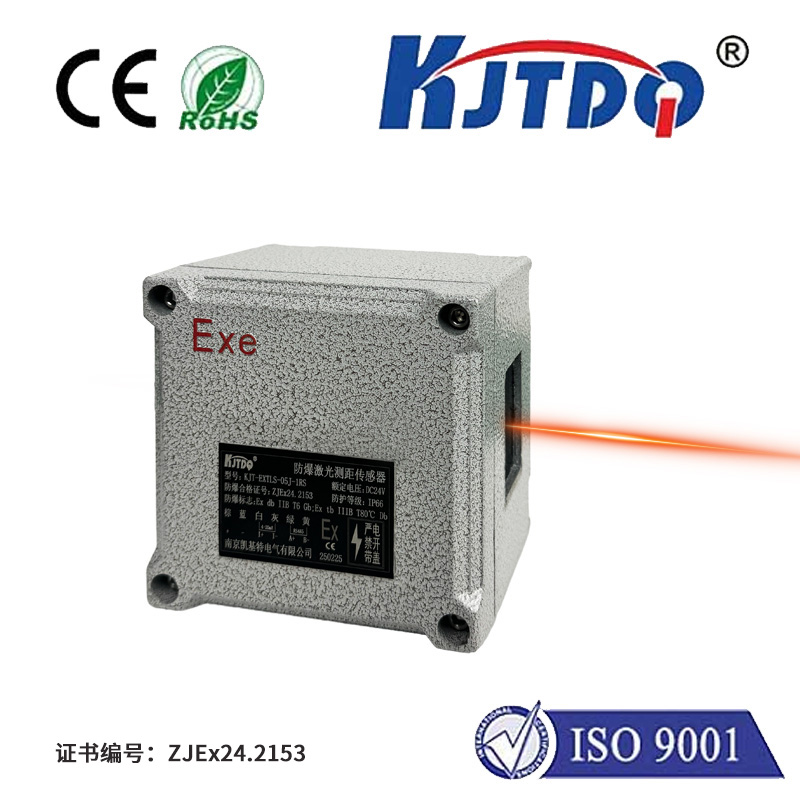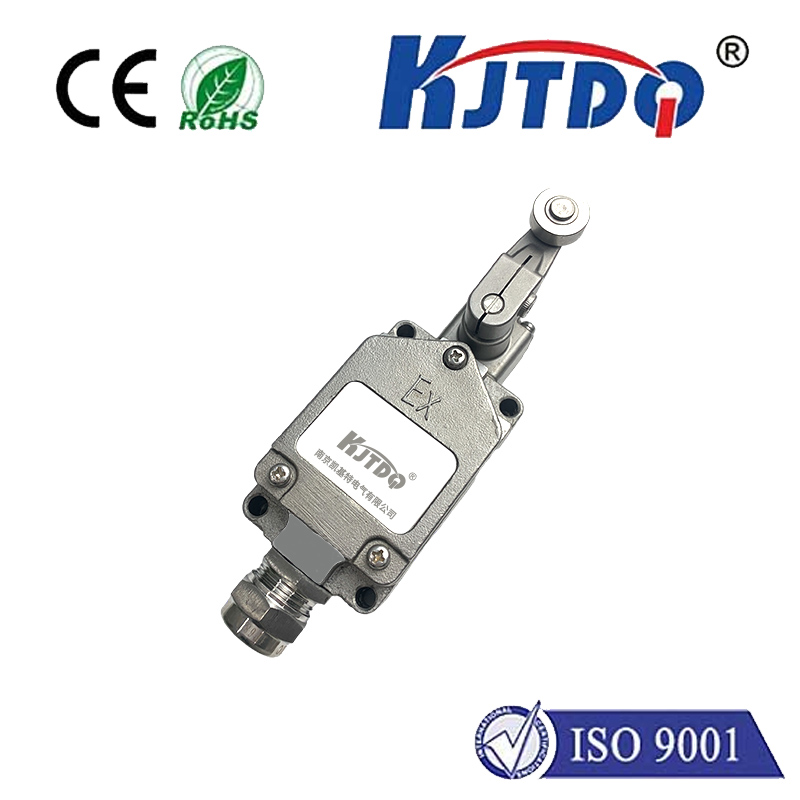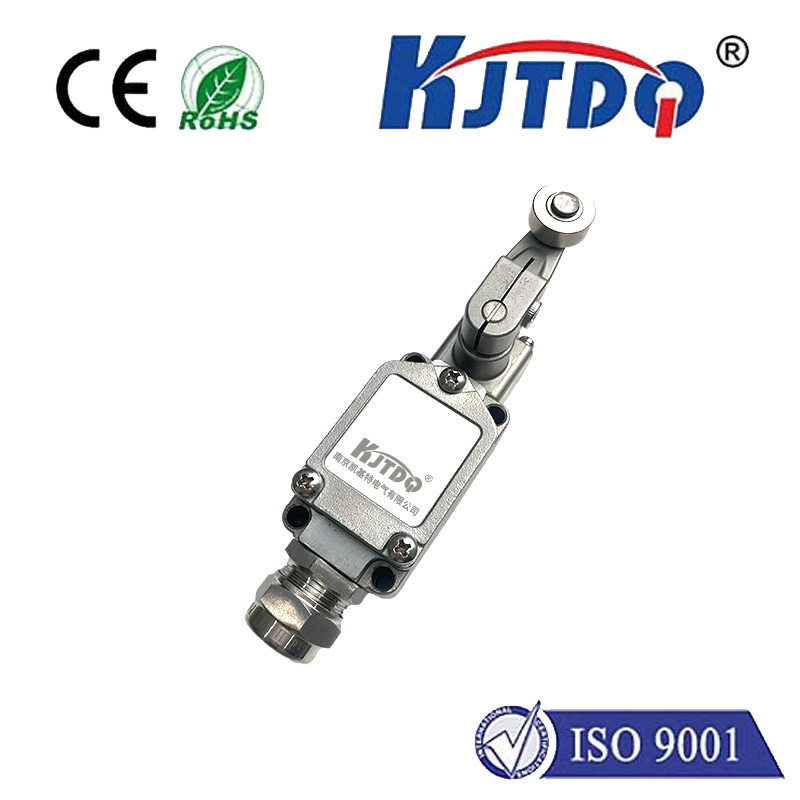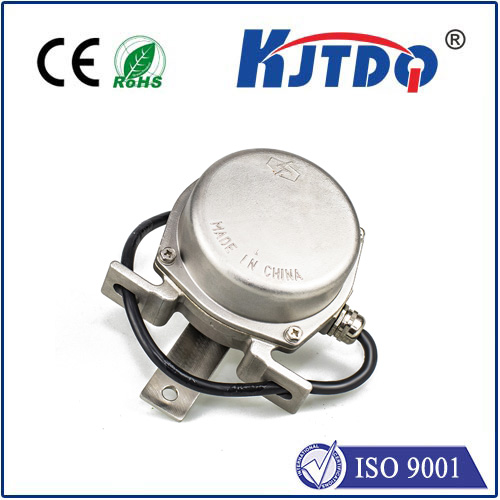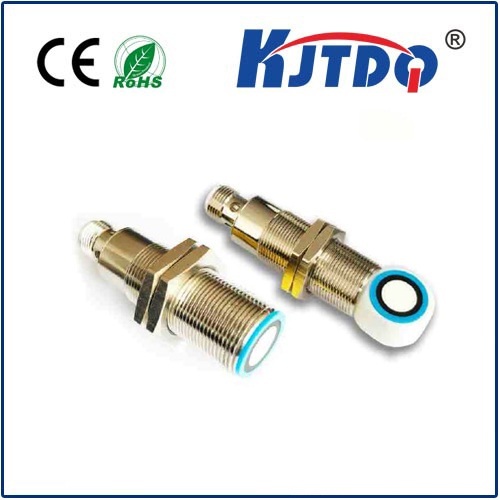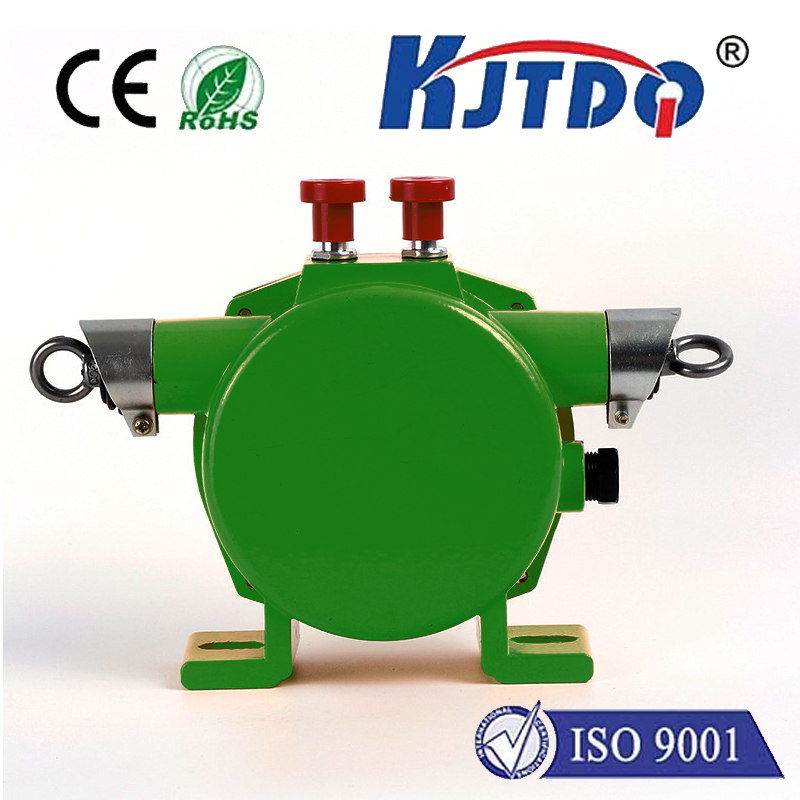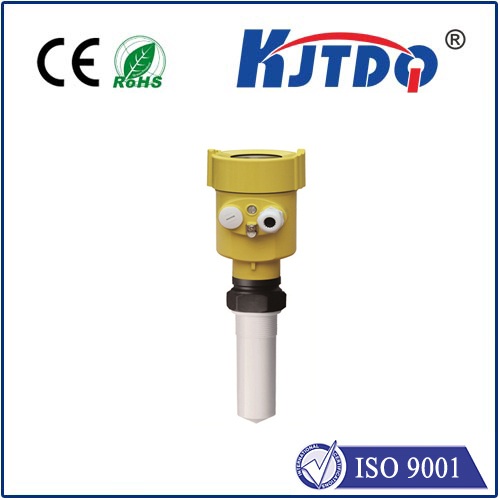Датчик приближения M12 pnp
- time:2025-07-04 03:00:59
- Нажмите:0
M12 PNP NO Proximity Sensors: The Industry Standard for Reliable Object Detection
A mysterious halt on your production line. A critical machine stops unexpectedly. The culprit? Often, it’s a failed or poorly chosen sensor missing its mark. When consistent, non-contact detection of metal objects is paramount, the M12 PNP NO proximity sensor emerges as the unsung hero of industrial automation. Understanding its specific configuration – M12 size, PNP switching logic, and Normally Open (NO) output – is key to unlocking reliability and efficiency in countless applications.
Decoding the Specification: M12, PNP, NO
The title “Proximity Sensor M12 PNP NO” precisely defines a crucial industrial component:

- Proximity Sensor: It detects nearby metallic objects (typically ferrous metals like iron or steel) without physical contact, using an electromagnetic field. This non-contact nature eliminates wear and tear, ensuring long operational life.
- M12: This refers to the standardized thread size of the sensor housing. With a diameter of roughly 12mm, M12 sensors are incredibly popular due to their compactness, ease of installation in tight spaces, and widespread availability of matching connectors and mounting accessories.
- PNP: This defines the transistor switching type and output signal polarity. PNP (Positive-Negative-Positive) sensors source current to the load. When active, the output signal line connects internally to the positive supply voltage. Think of it as providing the “positive power” path.
- NO (Normally Open): This describes the default switching state when no target is present. In the inactive state (no metal target detected), the output circuit is open, meaning no current flows. When a target enters the sensor’s detection range, the output circuit closes (switches ON), allowing current to flow.
Why Choose an M12 PNP NO Proximity Sensor?
This combination delivers significant advantages:
- Robustness & Standardization: The M12 size offers an unparalleled balance between durability and space efficiency. Its standardized threading means easy replacement and integration into existing control panels, machinery mounts, and conduit systems globally. They are built to withstand industrial environments – think vibration, coolant splashes (with appropriate IP ratings like IP67), and temperature fluctuations.
- Compatibility with Common PLC Inputs: Many Programmable Logic Controllers (PLCs) in European and Asian designs are configured to accept PNP signals on their digital input modules. An M12 PNP NO sensor provides the positive voltage signal these inputs expect to register an active state. Using compatible signals reduces interface complexity and potential wiring errors.
- Clear Logical State: The Нет! configuration provides a straightforward logic: No target = No output signal (Off). Target detected = Output signal active (On). This simplicity aligns perfectly with safety-critical “presence detected” functions – if the sensor is active, something is definitely there. It avoids the potential confusion sometimes associated with Normally Closed (NC) logic in fault detection schemes.
- Reliable Non-Contact Detection: Immunity to dust, dirt, oil, and non-metallic objects ensures consistent performance where mechanical limit switches would fail or require constant maintenance. Metal detection happens reliably through many non-conductive materials.
- Fast Switching: These sensors react incredibly quickly to the presence or absence of a target, essential for high-speed automation, counting applications, and precise position verification.
Unlocking Automation Potential: Key Applications
The M12 PNP NO proximity sensor is a versatile workhorse found across diverse sectors:
- Machine Tooling: Detecting tool presence in spindles or magazines, verifying workpiece clamping, monitoring chuck jaw positions in lathes. Ensuring tools are correctly seated before high-speed machining begins prevents catastrophic damage.
- Automotive Manufacturing: Confirming part presence on pallets, robotic end-of-arm tooling verification, checking door or hood closure on assembly lines. PNP NO signals directly feed PLCs controlling the production sequence.
- Conveyor Systems: Detecting pallets, totes, or individual products for sorting, counting, diverting, and initiating/stopping conveyor movement. Their compact M12 size allows installation in space-restricted locations near rollers or guides.
- Packaging Machinery: Verifying the position of bottles, cans, lids, or cartons at critical stages like filling, capping, labeling, and boxing. Missing object detection prevents jams and ensures product quality.
- Перевозка материалов: Detecting the position of actuators, cylinders, lifts, and slides. Confirming bin levels or the presence of trolleys/AGVs (Automated Guided Vehicles).
- Robotics: End effector confirmation, part grasping verification, and robot positioning feedback. The reliable NO signal provides a clear “part present” confirmation to the robot controller.
Integrating M12 PNP NO Sensors: Key Considerations
- Power Supply: Requires a DC power source (commonly 10-30V DC). Ensure polarity is observed: Brown wire to positive (+), Blue wire to negative (-). Reversing polarity can damage the sensor.
- Wiring: The Black wire is the switched PNP NO output. It connects to the PLC input card. When active, voltage (relative to DC negative) will be present on this black wire.
- Load Connection: The PLC input (the load) is connected between the sensor’s black wire (output) and the DC negative (blue wire). The PLC internally provides the connection to DC positive for PNP sourcing.
- Sensing Range: Ensure the specified nominal sensing range (e.g., 2mm, 4mm) is appropriate for your application, accounting for any installation gaps or target characteristics. Ferrous steel provides the maximum range.
- Target Material: Primarily designed for ferrous metals (steel, iron). Detection range for non-ferrous metals (aluminum, brass, copper) is significantly less. Stainless steel detection range is typically reduced compared to mild steel. Always verify sensor performance with your specific target material.
- Protection Rating (IP): Select an IP rating (e.g., IP67, IP69K) suitable for the environment (dust, water washdown, chemicals).
The Go-To Choice for Positive Logic Detection
For engineers and technicians designing or maintaining automated systems requiring dependable, non-contact detection of metal objects, the M12 PNP NO proximity sensor represents a fundamental building block. Its compact, robust M12 form factor, the ПНП switching logic favored by many control systems, and the intuitive Normally Open operation combine to offer a solution that is both technically sound and operationally reliable. Understanding the specific meaning behind “M12 PNP NO” empowers informed component selection, leading to smoother operations, reduced downtime, and enhanced productivity. When precision, standardization, and clear on/off signaling for metal presence detection are essential, this sensor configuration consistently delivers.







